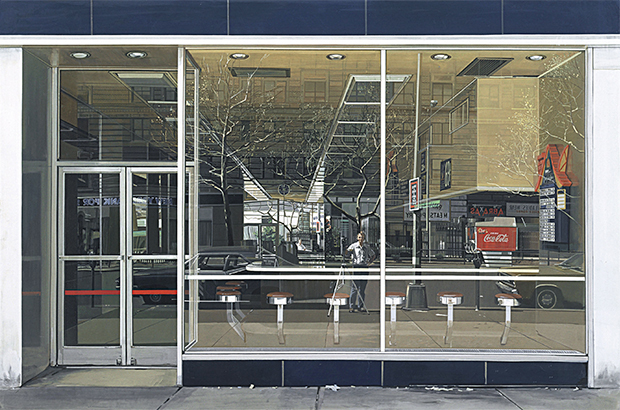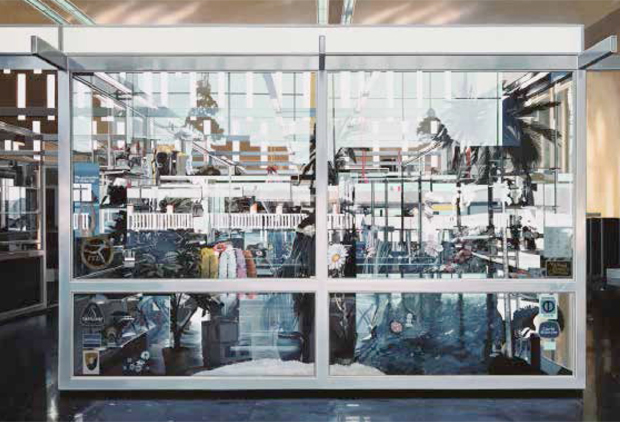
Richard Estes and the art of the photograph
New Focus book and Portland retrospective shed light on the strained relationship between art and photography
In a post-Richard Prince, Instagram, (even Dronestagram), age it might seem surprising that the photograph as a valid artistic source material is still an area of contention. The roots of this contention lie perhaps in the reaction of some artists to the introduction of photography in the mid-nineteenth century. As our forthcoming book on painter Richard Estes reveals, the impact of the invention of photography on the visual arts was immediate and profound - for painters it was a love/hate relationship from the start.
“This is the end of Art. I am glad I have had my day,” declared JMW Turner on viewing his first daguerreotype. And while others, including Degas, Manet and Delacroix acknowledged the degree to which photography had become an accepted part of contemporary life, few actualy admitted to doing so for fear that it would be misunderstood. Then, as now, the use of the photograph was equated with imitation and was apt to be interpreted as a failure of imagination and lack of skill.
Richard Estes was one of the first of the late Sixties and Early Seventies artists to embrace the photographic source, (though as he has often maintained, this was less a philosophical than a pragmatic decision). So, with that thought in mind, an Estes retrospective at Portland Museum of Art, in Maine, co-organized by the PMA and the Smithsonian American Art Museum is particularly welcome.

It is, in fact, the most comprehensive survey since 1991 of the paintings of this foremost practitioner of American photorealism. Gathering together 50 works it spans Estes’ first mature New York City facades and scenes of the late 1960s to panoramic views of Manhattan and other cities and sites of natural interest.
It includes what, for us, are some of his greatest works, the reflective paintings. From his earliest car-bonnet paintings through to his myriad urban streetscapes, Estes has been fascinated and inspired by reflective surfaces. The plate-glass window with its dual properties of transparency and opacity has offered him a format that transforms the seemingly straightforward into the complex. In the many angled paintings of the 1970s and 1980s plate glass operates as a mirror: one that reflects sometimes disorienting aspects of the environment, stretching the viewable world. Later, it is the transparency of the glass in buses and subway windows that allows him to present the dual aspects of the interior and exterior.
According to our Focus book, as Estes mined the possibilities of this subject matter, his images became increasingly complex. In his most intricate paintings, such as Teleflorist (1974), the interior and exterior merge to produce a single image whose complexities are almost impossible to untangle. The result is a painting in which the abstract nearly trumps the real.
“I don’t want to be imprisoned by a drawing,’ Estes says in the book, commenting on his process of beginning with a rough sketch of the image rather than a detailed drawing from a projected slide. Nor, he might have added, does he want to be imprisoned by a photograph or, for that matter, by anyone else’s idea of what art ought to be about.” For more on the show, which runs until 7 Sept, before transferring to the Smithsonian in Washington DC in 10 Oct, go here. For more on our forthcoming Estes book take a look in the store.